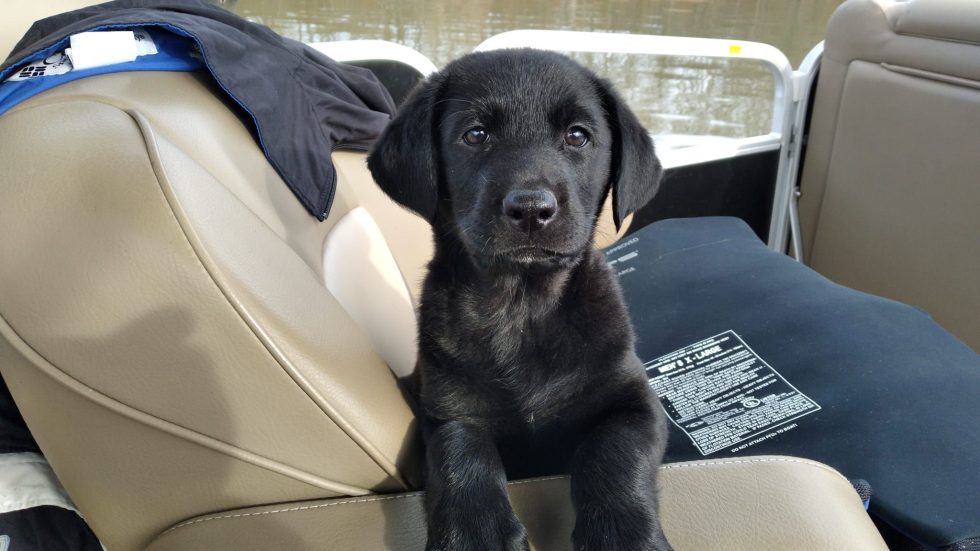While working in my salvage business, I received a call from the Coast Guard requesting I determine the position of a vessel calling for help in foggy conditions. The captain said he needed medical assistance. So, using my radio direction finder (RDF), I located his boat and began communicating with him.
I asked for a slow 10-count and calculated he was in dangerous water along a rocky ledge. I instructed him to drop anchor as I picked my way around the rocks to reach him. I requested a 10-count again but noted the vessel was still under way. The captain yelled, “I’m getting out on my own.”
About two minutes later, he hailed MayDay, saying he was aground. He was so close to my boat that I could hear his voice without the aid of the radio. After we extracted and towed his vessel ashore, the captain had to be hospitalized due to a panic attack. His vessel was extensively damaged, and a lengthy repair was required.
Navigating in fog is not an everyday occurrence in inland and intracoastal waters, and when it does roll in, area boaters can feel insecure. The problem is compounded because visibility is restricted and all boaters in the area are experiencing the same conditions and anxiety.
Most captains, no matter the size of their vessel, will admit they would prefer dealing with wind and waves to fog. Some believe they can outrun fog by increasing their speed; others immediately head for shore; and a few panic (as the example above shows). All of these responses are improper and can lead to serious problems.
If you are on a large body of water, with good visibility, you may be able to spot a heavy fog bank approaching. You may have time to make the next port or safe moorage. But how fast the fog bank is moving, and how soon it may engulf your vessel, is unknown. The best course of action is to prepare for a reduction in visibility before it arrives.
-
- Verify your position via your electronics — GPS, depth indicator, etc. — and constantly monitor them.
-
- Slow to a safe operating speed and be prepared to stop within the distance of visibility.
-
- If you have capable persons on board, appoint them as lookouts. Insist they make you immediately aware of any sightings and also advise them to listen for unusual sounds.
-
- Dial your VHF to monitor Coast Guard broadcast channels. Listen to learn the area under fog and if boats nearby are in trouble. You will hear them instructing any vessel in shallow water to drop anchor and maintain position until conditions improve.
-
- Sound the appropriate signals by bell or horn as required by Coast Guard Rule 35 of the Inland/International Rules of the Road.
-
- If you hear an odd sound, stop, shut down your power and determine what you heard. It could be another vessel, traffic on shore or perhaps a call for help.
-
- Monitor your electronics. Keep aware of your depth and maintain a straight course, but don’t ignore the need for looking and listening.
-
- If you become uncertain of your position, use your VHF to ask for assistance. Your best option may be to anchor and wait out the fog. Strong winds are rarely present during fog conditions.
If you spend a lot of time on the water, you will undoubtedly find yourself in foggy situation at some point. Be prepared. Your cruise may be delayed, but with patience and a clear head, you will get to your final destination safely.



